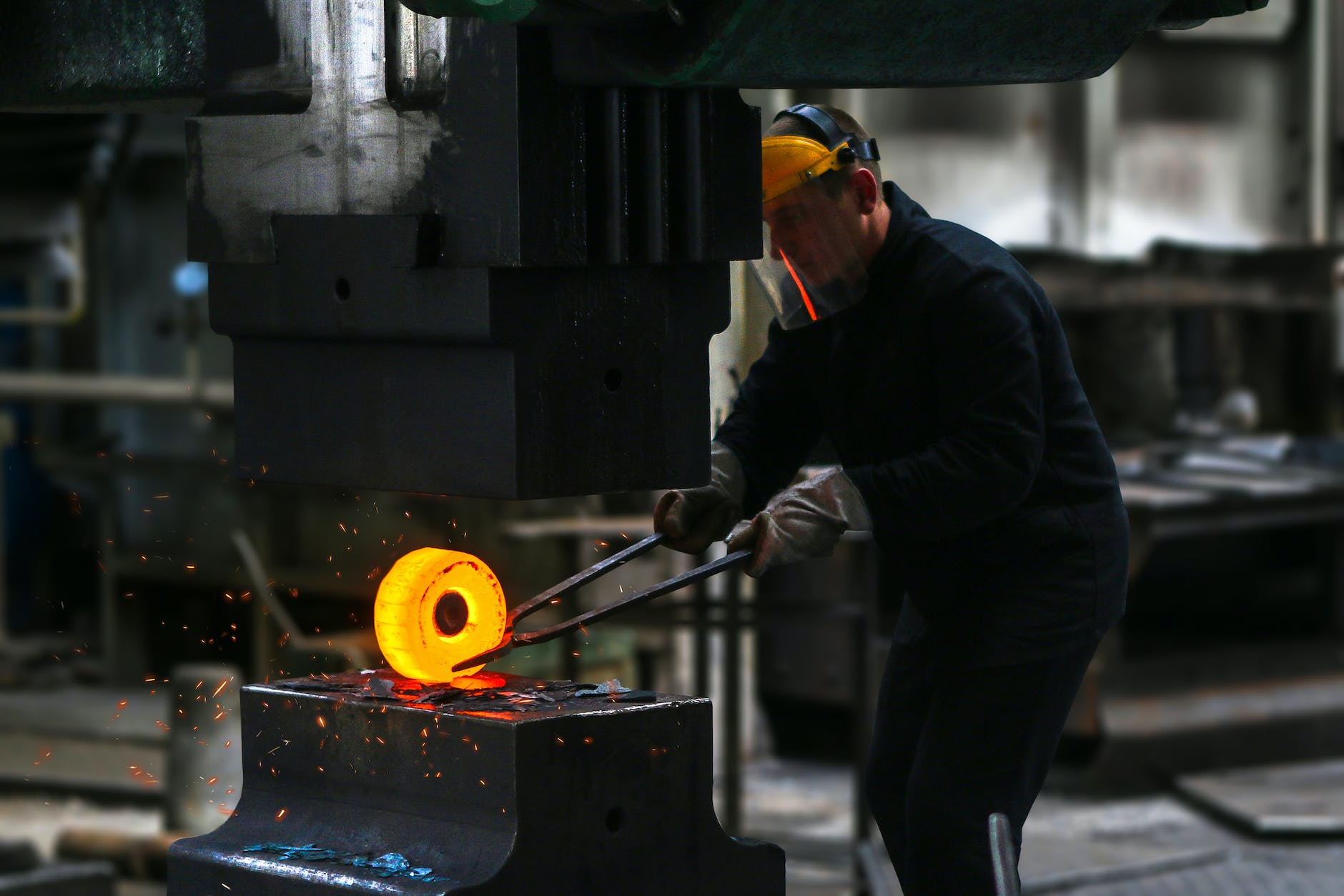
Industrial Safety: Protecting Lives and Assets
Industrial Safety : In today’s fast-paced industrial landscape, prioritizing safety is not just an option; it’s an imperative. Industrial safety measures are critical for safeguarding both human lives and valuable assets within the workplace. This comprehensive article delves into the essential aspects of industrial safety, providing insights, tips, and guidelines to ensure a secure and productive working environment.
1. Introduction
Industrial safety is more than just a set of rules and regulations; it’s a commitment to preserving human lives and protecting valuable assets. In this article, we will explore the world of industrial safety, from identifying common hazards to implementing safety measures and fostering a culture of security within the workplace.
2. Understanding Industrial Safety
Industrial safety encompasses a range of practices and protocols aimed at preventing accidents, injuries, and fatalities in industrial settings. It is rooted in the recognition that the workplace can be fraught with potential dangers, and proactive measures are essential to mitigate these risks.
3. Common Hazards in Industrial Settings
Chemical Hazards
One of the most prevalent risks in industrial environments is exposure to hazardous chemicals. Proper storage, handling, and disposal procedures are crucial in minimizing chemical-related accidents.
Mechanical Hazards
Machinery and equipment pose significant dangers, from moving parts to heavy loads. Implementing machine guarding and safety protocols is vital to prevent accidents.
Electrical Hazards
Electricity is indispensable in most industries, but it can also be deadly. Electrical safety measures, such as proper wiring and the use of insulated tools, are paramount.
Biological Hazards
In sectors like healthcare and laboratories, biological hazards, such as pathogens, are a concern. Ensuring proper sanitation and the use of personal protective equipment (PPE) is essential.
4. Safety Standards and Regulations
Government agencies and industry associations have established safety standards and regulations that businesses must adhere to. Compliance ensures a baseline level of safety and legal protection.
5. The Role of Personal Protective Equipment (PPE)
PPE, including helmets, gloves, and safety goggles, acts as a crucial line of defense for workers. Choosing the right PPE and wearing it correctly is non-negotiable.
6. Safety Training and Education
Properly trained employees are better equipped to identify risks and respond to emergencies. Regular safety training is an investment in both safety and productivity.
7. Emergency Response and First Aid
Accidents can happen, even with the best safety measures in place. Having well-trained staff and accessible first-aid supplies can make a life-saving difference.
8. Safety Equipment and Tools
Innovative safety equipment, such as gas detectors and fall protection systems, plays a pivotal role in preventing accidents and safeguarding employees.
9. Industrial Safety Culture
A culture of safety starts at the top and permeates throughout the organization. It involves fostering a mindset where safety is everyone’s responsibility.
10. Ensuring Fire Safety
Industrial fires can have catastrophic consequences. Fire safety measures, including fire extinguishers and evacuation plans, are essential.
11. Machine Guarding
Machinery accidents are often preventable through proper guarding and safety measures. Regular inspections are crucial to ensure safeguards are in place.
12. Risk Assessment and Management
Identifying potential risks and implementing risk management strategies are fundamental to preventing accidents and ensuring a secure working environment.
13. Continuous Improvement in Safety
Safety is an ongoing process. Regular evaluations, feedback mechanisms, and the commitment to continuous improvement are essential for maintaining high safety standards.
14. Safety Audits and Inspections
Routine safety audits and inspections help identify areas for improvement and ensure that safety protocols are being followed.
15. Conclusion
In conclusion, industrial safety is a multifaceted endeavor that demands unwavering commitment. Prioritizing safety not only protects lives but also enhances productivity and secures valuable assets. By adhering to safety standards, providing proper training, and fostering a culture of security, industries can thrive in a safe and sustainable manner.
Frequently Asked Questions (FAQs)
1. How can I assess the safety culture in my workplace?
Assessing the safety culture involves surveys, observations, and feedback mechanisms to gauge employees’ attitudes and behaviors towards safety.
2. What should I do if a chemical spill occurs in my facility?
Immediate action is crucial. Evacuate the affected area, contain the spill, and follow established procedures for chemical spills, including notifying authorities if necessary.
3. How often should safety audits be conducted?
Safety audits should be conducted regularly, typically at least annually, but more frequently in high-risk industries or after significant changes in processes or equipment.
4. What are some best practices for fire safety?
Best practices for fire safety include installing and maintaining fire extinguishers, establishing clear evacuation routes, and conducting regular fire drills.
5. How can I encourage employees to report safety concerns?
Open communication channels, anonymous reporting options, and a non-punitive approach to reporting can encourage employees to speak up about safety concerns.
In a world where industrial activities are the backbone of progress, prioritizing industrial safety is paramount. By understanding the risks, implementing best practices, and nurturing a culture of safety, we can ensure that workplaces remain secure, productive, and conducive to growth.
























